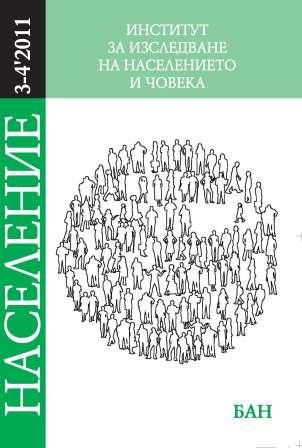Роми, ромска идентичност и ромско включване – опит за дефиниране на недефинируемото
Quantifying the Unquantifiable: Defining Roma Populations in Quantitative Surveys
Author(s): Andrey IvanovSubject(s): Social Sciences
Published by: Институт за изследване на населението и човека - Българска академия на науките
Keywords: Roma inclusion; declassed groups; quantitative surveys;
Summary/Abstract: The paper discusses the question about difficulties and possible approaches for quantifying the Roma communities – both for sampling survey purposes and operations policies’ needs. The point of departure of the analysis is the thesis for the multiple and fluid character of the Roma identity. “Roma” is not just a meta-group, but a complicated construct whose contents depends on the interpretative framework of any of the involved in the debate parties. In addition, the Roma identity to a large extent situational and reflexive, defined alternatively in relation to the non-Roma (gadjo). From historical perspective, this model of identification is not just a result of century long discrimination and prejudice. The discrimination and prejudices themselves have been inevitably a consequence of the modernisation process in which the way of life of the Roma has been into more and more serious contradiction to the established disciplinary structures of the settled population and respectively with the existing religious and secular hierarchies. The same process has deepened in the course of consolidation of the nation states during the nineteenth and twentieth centuries. Today, in the conditions of the post-modern society, the century long challenges facing the Roma become the challenges of larger strata of the non-Roma. That is the question: how the existing social and political systems inscribe and reflect the multiple identities of the post-modern citizen. In this way, the Roma inclusion might turn out to be an important laboratory for working out approaches regarding to inscribe the post-modern diversity of identities in the existing (in most cases modern) institutional frameworks. With regards to the quantification of the Roma population the author reaches the conclusion that for a real progress in relation to the Roma inclusion its exact definition and count are not necessary. Methods which reflect the fluidity of the term “Roma” should be used and political priorities which lead to collection of data. The author provides examples for such approaches in the field of quantitative sampling surveys.
Journal: Население
- Issue Year: 2011
- Issue No: 3-4
- Page Range: 119-139
- Page Count: 21
- Language: Bulgarian
- Content File-PDF

